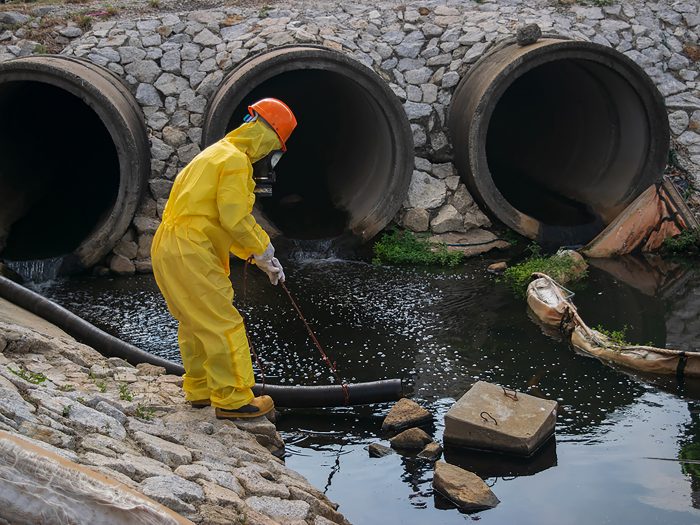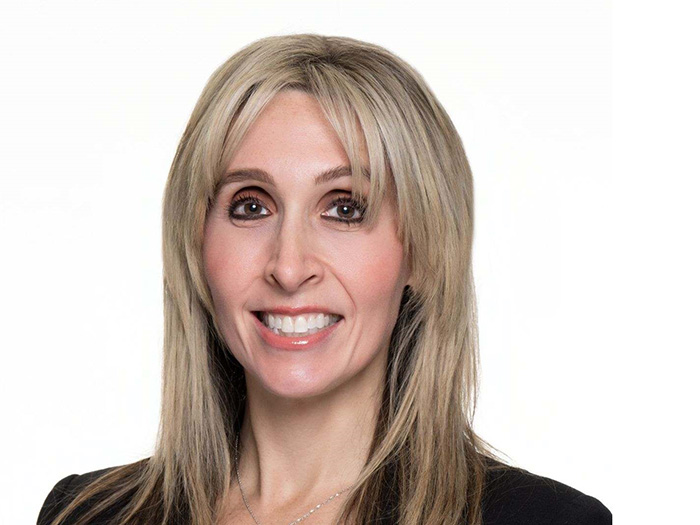4 Reasons Pollution Claims Are Rising in Frequency and Severity

Greta Thunberg, global climate marches, documentaries such as Love Canal, Gasland and The Devil We Know — over the last decade, pop culture and the media have been turning up the volume on the conversation surrounding climate change.
Environmental insurance claims have been rising over the last few years, and according to a survey report from Willis Towers Watson, hard market conditions are also contributing to shrinking capacity.
But what has contributed to this rise in environmental claims? Is the volume of pollution being produced increasing? Is the growing economy a contributing factor? Is it the increase in natural disasters? Are we running out of time to reverse the effects of climate change?
Actually, it’s a little bit of all of the above, and then some.
According to Jamie Langes, assistant vice president in the Environmental Division with Philadelphia Insurance, there are four main drivers of pollution claims that explain why they are increasing in frequency and severity.
1. Access to Information
Just as social media enables constant connection to your friends, family and co-workers, it can also enable constant connection to the environment and pollution violations.
As Langes pointed out, if someone is kayaking down a river and notices a dead fish and there is an industrial plant nearby, countless people can know within seconds with the snap and uploading of one quick picture. Thanks to the Freedom of Information Act, the public can easily find out the regulatory requirements and lists of regulated chemicals in play at that plant.
“We can access environmental policy digitally at any time through regulatory webpages; from the federal level all the way down to the local level,” said Langes.
“We can view permit data, see violations, along with specific dates for which the insured has received notices from the regulatory body regarding those violations. For some regulatory bodies, the digital document has been made available through online compendiums, and we can read the full parameters of those notices of violation.”
Underwriters and insurers similarly benefit from this information access.
“With access to data via the Freedom of Information Act, groups of concerned citizens, also known as environmental ‘watch groups”, have an increased opportunity to ensure that the government is enforcing environmental regulations,” Langes explained.
“Social media in particular has empowered the public to access information, and in a way, help enforce pollution protection. Participants in the watch groups are more involved in accessing pollution information on a regular and frequent basis and sharing via social media outlets.”
2. Aging Infrastructure
Aging infrastructure and limited client capital expenditures to improve pollution prevention are also driving claims.
“I’ll use an aged manufacturing / industrial plant as an example,” said Langes.
“Most of these facilities were constructed 50 or more years ago, and so while ancillary equipment such as aboveground piping, tanks or other infrastructure in the interior has been updated, the building itself has not been replaced.
“In many of these facilities, the machinery or equipment is embedded in the floor and drains, clarifiers, sumps or other below grade structures that are also a part of the building. That is a lot of potential for pollution to have accumulated at the site over the years that you don’t know about because you can’t see it.”
Instead of updating equipment to meet environmental standards, risk managers are relying on their insurance policies to protect businesses from environmental losses.
By doing so, businesses can often save money, because the rate they pay for their pollution protection policies, which likely provide millions in limits, is likely lower than the cost to update infrastructure.
“Now, pollution coverage is not going to help businesses replace their infrastructure, but what it allows companies and risk managers to do better than before is have a discussion around the costs of large capital expenditures to their operations. What if we have a loss? Potentially insurance would cover it,” Langes said.
3. Social Inflation
Social inflation, which goes along with access to information, is also driving up claim frequency as more people such as those in ‘watch groups’ want to hold violators accountable.
With the release of documentaries, such as the ones listed above, and information shared online, many people realize that large corporations can be held responsible for chemicals that are harmful to humans and the environment.
In cases of bodily injury, juries sympathetic to the injured party often seek to punish businesses through exorbitant verdicts, which is driving huge insurance losses if and when the claim reaches the court.
“In an increasing amount of cases, we’re seeing class-action suits for pollution,” explained Langes. “Now that we have better understanding of the negative effects of longevity and exposure to humans, and combined with the simple fact that juries have great empathy for others who may have developed adverse medical conditions from such exposures, multiple bodily injury claims and large awards are becoming prevalent in the litigation.”
4. Increased Regulatory Imposed Fines, Penalties and Remediation
Long-term remediation in chemicals can result in long-term uncertainty on the costs associated with their possible pollution cleanup.
However, if a company is in violation of an air permit, pollution to the surrounding air and its effects on those who breathe it cannot be remediated, except through monetary penalties.
“The chemical goes into the air and affects people who live around that plant; sometimes over miles. The only remedy would be for the regulatory body to serve a fine or a penalty because there is not a real opportunity for remediation in an air event; and those fines are increasing” said Langes.
“Many historical fines and penalties that were imposed prior to the availability of the digital data were relatively nominal. Now, because they’re public knowledge, concerned citizens have begun questioning the value of that fine or penalty to inhibit future violations. With a multimillion dollar corporation, a fine of five figures or under does not appear to the public to be a deterrent towards future pollution.”
Not only are penalties increasing in amount, they are also being imposed more frequently as a result of regulators’ desire to act as advocates for their constituents.
“Fines have also been increased because when you see a pollution condition you can snap a picture and post it to social sites immediately. Everyone in the community can disseminate the visual story, directly see what’s happening in real time, and that has resulted in a desire by regulators to appear stronger for their constituents, and therefore impose higher fines or penalties,” said Langes.
“We live in an age where public perception is a very real aspect of doing business, and even governments want a positive public perception.”
According to the National Association of Insurance Commissioners, pollution claims are not expected to slow down any time soon, which will undoubtedly have an impact on capacity. The explosion of Big Data and long-term economic growth will undoubtedly impact loss frequency and severity as well — trends the industry will be keeping a close eye on. &











